Reproductive System
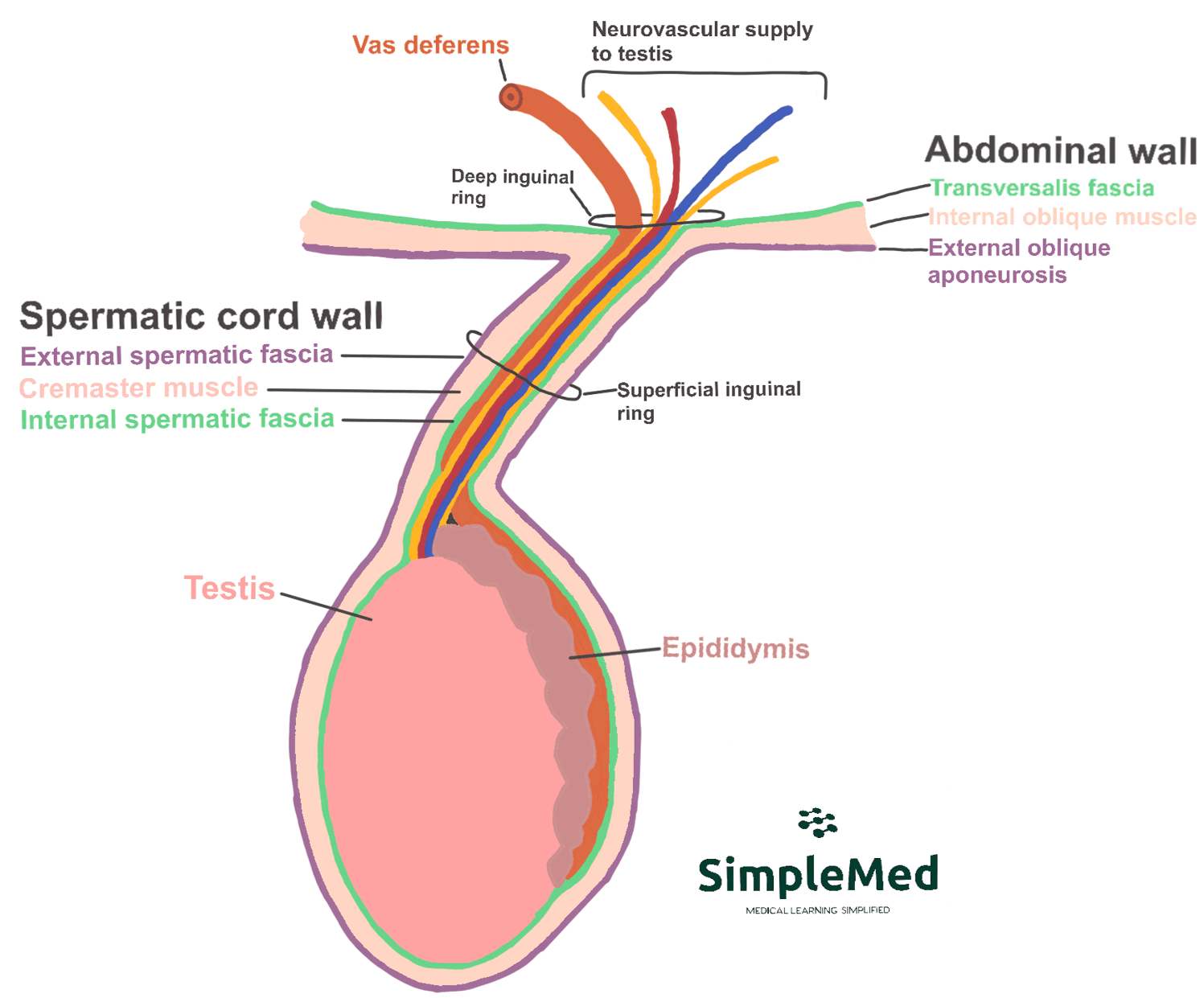
- Understand the functions of the male reproductive system
- Be aware of the anatomy of the male reproductive system, its components and their individual roles
- Understand where the sperm is produced and its path from the testes during ejaculation
- Be aware of the venous and arterial supplies to the testes and their potential involvement in pathology
- Understand the structure of the spermatic cord
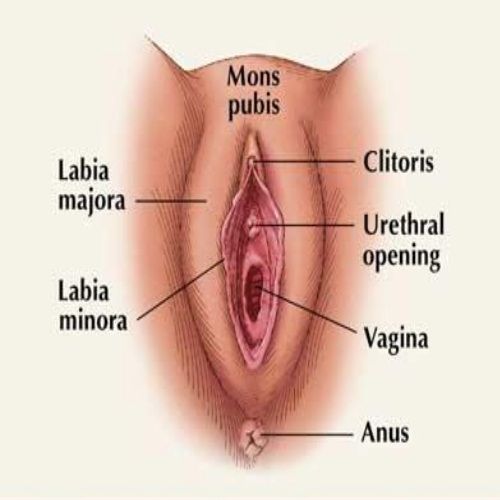
- Understand the structure of the internal and external genitalia of the woman
- Identify the cervix, plus an overview of its pathologies and their causes
- Identify the uterus, plus an overview of its pathologies and their causes
- Be aware of and understand how to identify and calculate the axes of the female reproductive system
- Identify the fallopian tubes, plus an overview of its pathologies and their causes
- Identify all of the main ligaments of the ovaries and uterus
- Have an understanding and awareness of Female Genital Mutilation, its classifications and legality in the UK
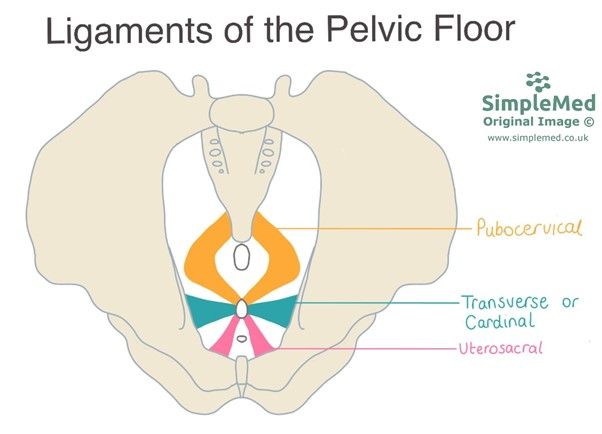
- Understand the functions of the pelvic floor muscles
- Be aware of the muscles that make up the pelvic floor
- Be aware of the pathologies that can affect the pelvic floor and how to identify them
- Understand how trauma can affect the pelvic floor muscles
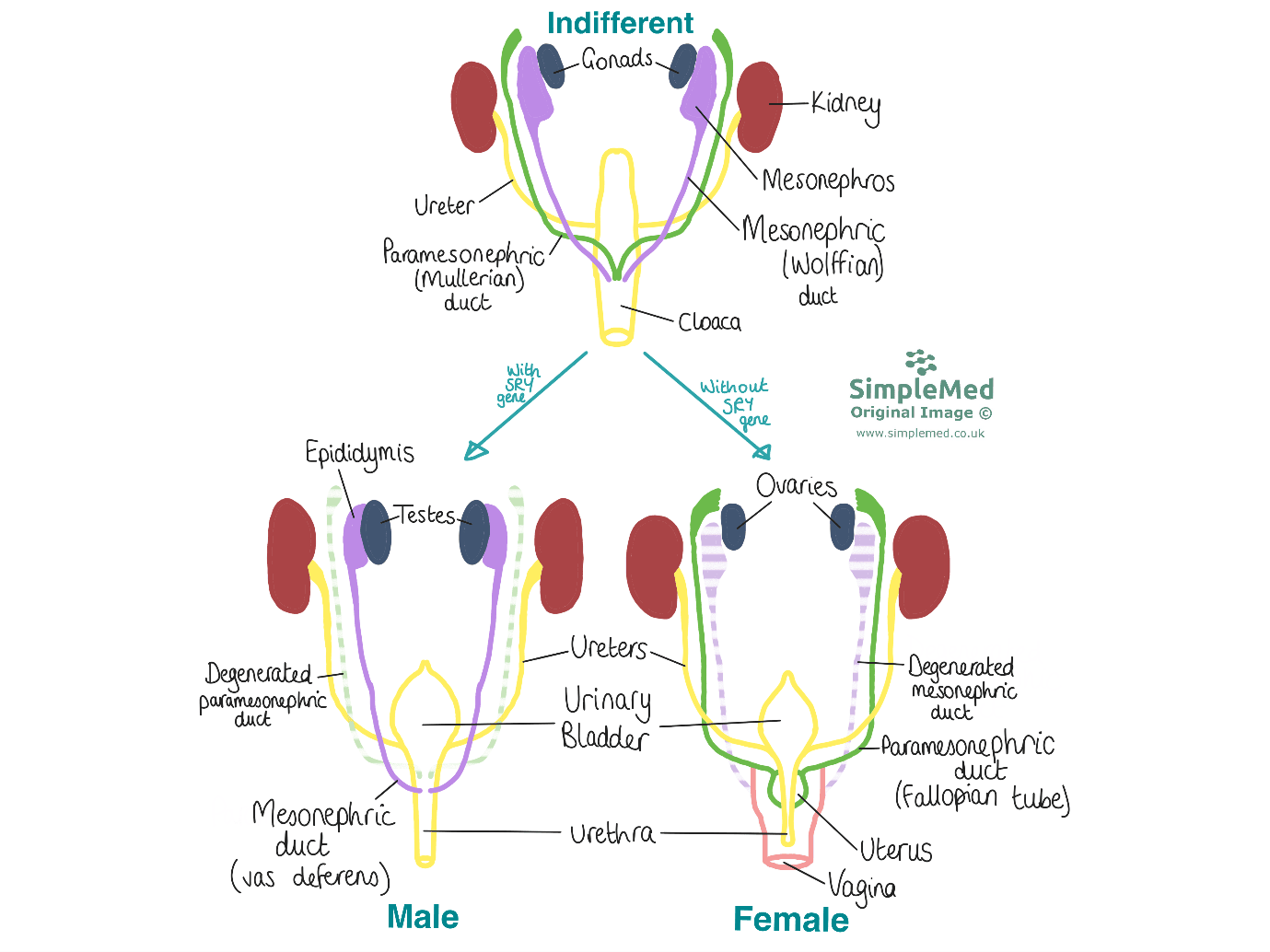
4. Development of the Reproductive System
- Understand the progression of development of the reprductive tracts and gonads
- Understand the hormonal control of these developmental mechanisms
- Be aware of the gubernaculum, its function and descent and the potential complications related to this
- Be aware of potential issues with the development of the genitalia and how these present in the newborn or adult
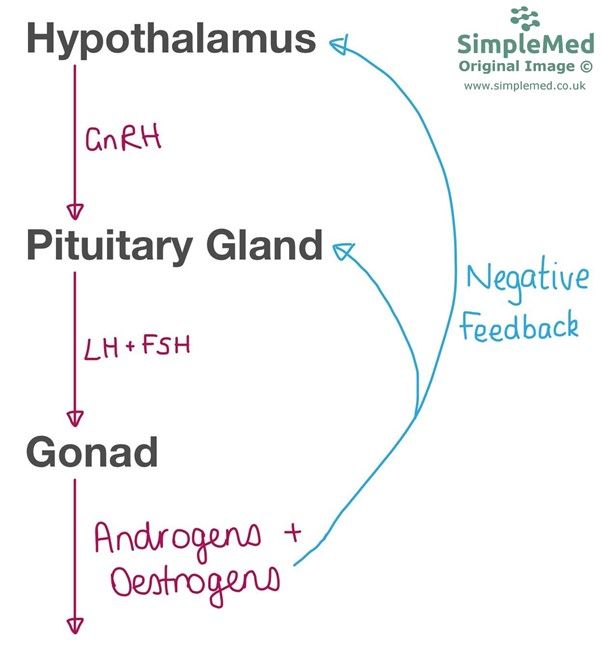
5. Puberty
- Understand the difference between primary and secondary sexual characteristics and when they develop
- Understand the age ranges at which males and females undergo puberty-related changes
- Identify the different sexual characteristics that develop in both females and males during puberty
- Be aware of the basics of hormone release and actions during puberty
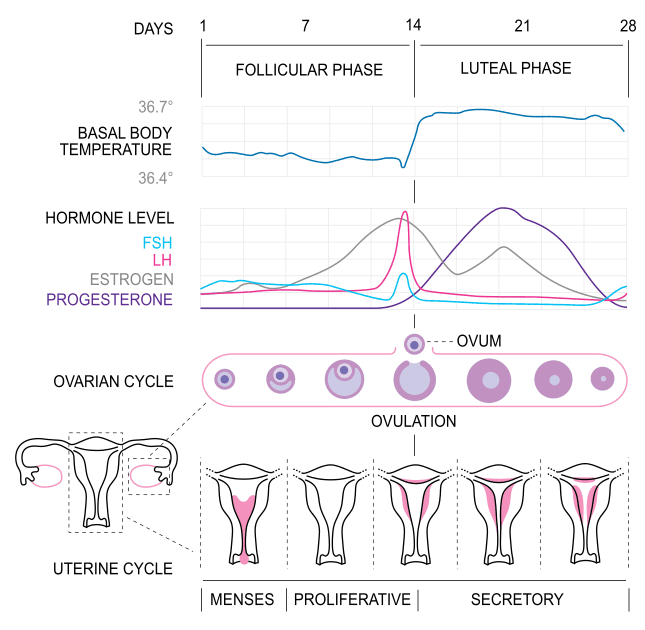
6. The Menstrual Cycle and Menstrual Abnormalities
- Understand the role of the HPO axis in menstruation
- Understand and recall the cycles of menstruation
- Be aware of and understand the causes of various menstrual abnormalities
- Be aware of investigations that can be done for various menstrual abnormalities and be able apply your pathophysiology knowledge to identifying causes for these abnormalities
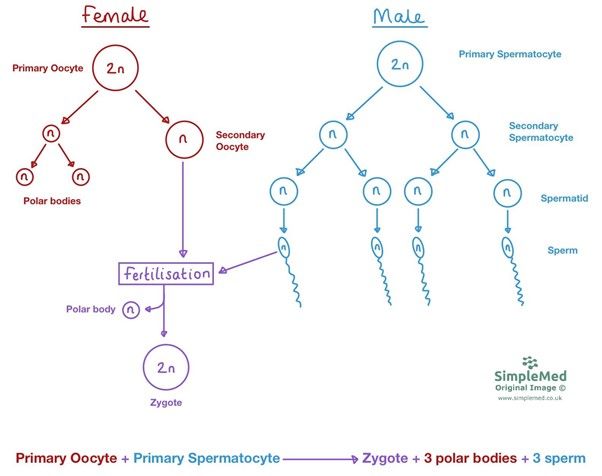
- Understand why Gaemtogenesis is required and the various stages involved in the production of a functional gamete in both males and females

8. Sex, Infertility and Contraception
Coming Soon!
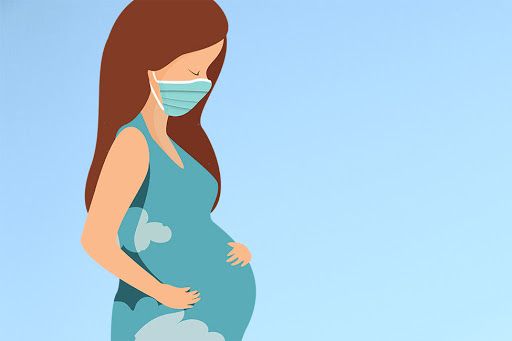
- Understand the Endocrine, Cardiovascular, Renal, Respiratory, Musculoskeletal, Gastrointestinal and Immune changes the mother's body undergoes during pregnancy.

10. Diseases of the Mother in Pregnancy
- Understand the pathologies that can begin during the pregnancy period, their symptoms, physiology and basic management

11. Physiology of the Fetus
Coming Soon!
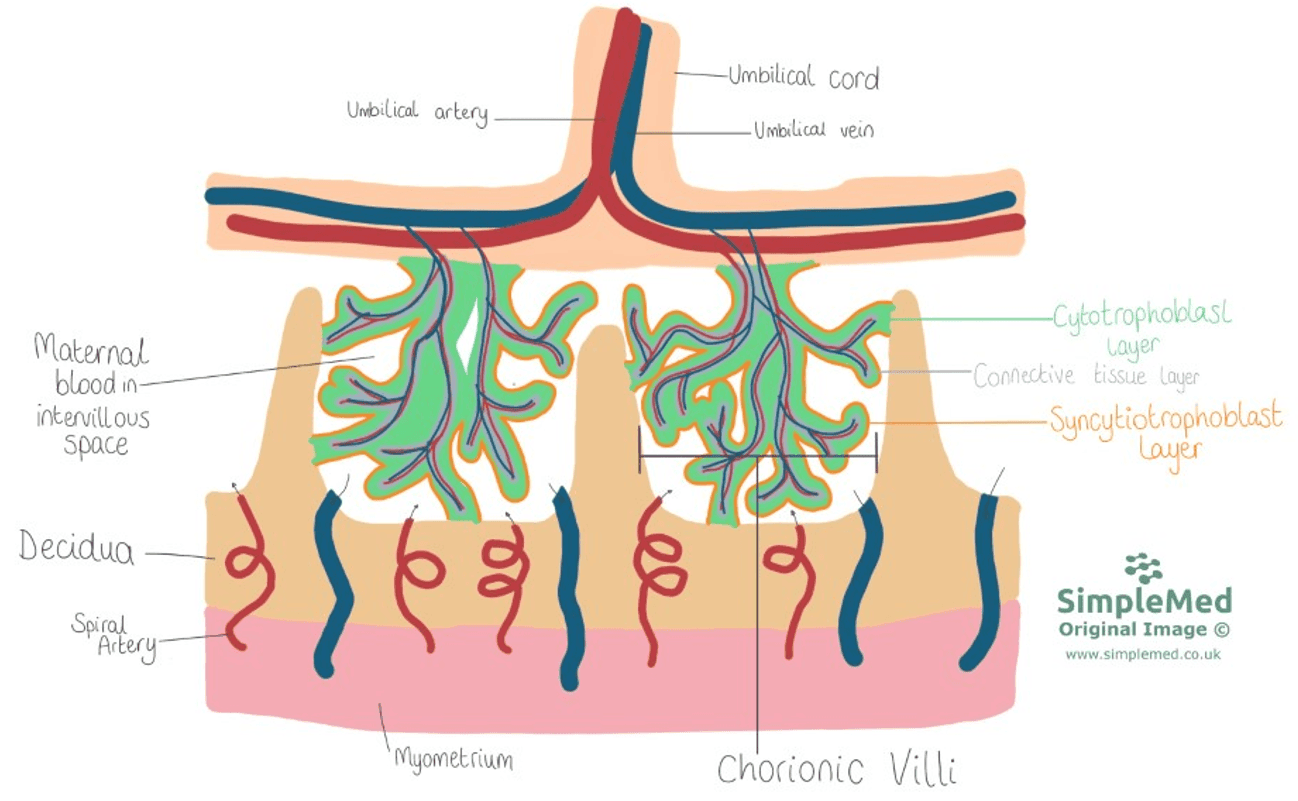
12. The Placenta
- Understand the process of implantation of the embryo
- Understand the stages and components of the formation of the placenta
- Understand and be aware of the issues that can arise with regards to implantation of the placenta
- Understand the endocrine links and control of the placenta
- Understand the basics of the immunology of placental immunoglobulin transfer
- Understand the concept of teratogenic substances
- Be aware of the stages of labour
- Be able to describe and understand the hormonal and physiologocial changes that occur at each stafe of labour
- Understand the basics of induction of labour
- Understand the basics of management of issues within labour, including bleeding and delay
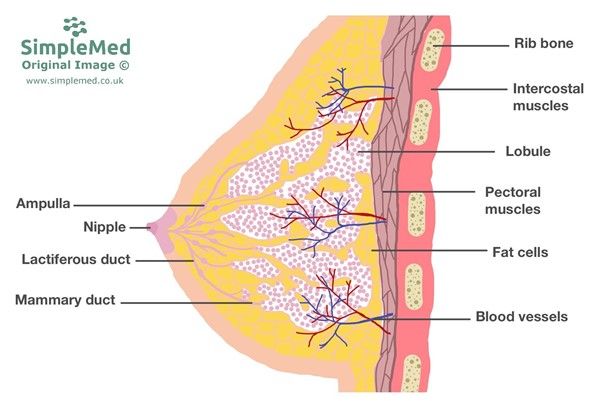
- Understand the complications faced the mother immediately, in the short-term and in the long-term postpartum
- Understand the impact of mental health and the complications that can occur in the mother
15. Infections of the Reproductive Tract
- Understand the various Sexually Transmitted Infections (STIs), their symptoms, prevalence and basic management
- Understand the principle of Contact Tracing
- Understand the various Non-Sexually Transmitted Infections that can affect the genital tract and their symptoms and basic management
- Identify that vaginal discharge may be a symptom of disease, but also can be a normal physiological process
16. Pelvic Inflammatory Disease
- Understand the pathophsyiology and causes of pelvic inflammatory disease (PID)
- Understand the links between sexually transmitted infections and PID
- Understand the complications of PID
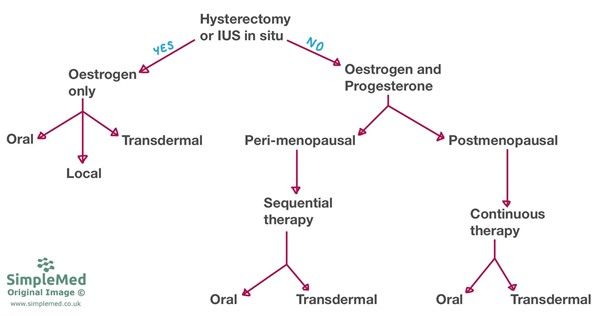
17. The Menopause
- Understand that The Menopause is a natural part of reproductive life in women
- Identify the 4 stages of menopause
- Identify the symptoms associated with each stage
- Be aware of the pharmacological and non-pharmacological treatments for dealing with these symptoms
- Be aware of the pathologies associated with premature menopause

18. Malignancies of the Reproductive Tract
- Be aware of the various malignancies that can affect the reproductive organs
- Understand the basic presentation, types, markers and progression of ovarian cancer
- Understand the basic presentation, types and progression of endometrial cancer
- Understand the basic presentation, types and progression of cervical cancer
- Understand the basics of the screening program for cervical cancer in the UK and its links with the Human Papilloma Virus (HPV)
- Be aware of vulval cancer, its associations and basic management
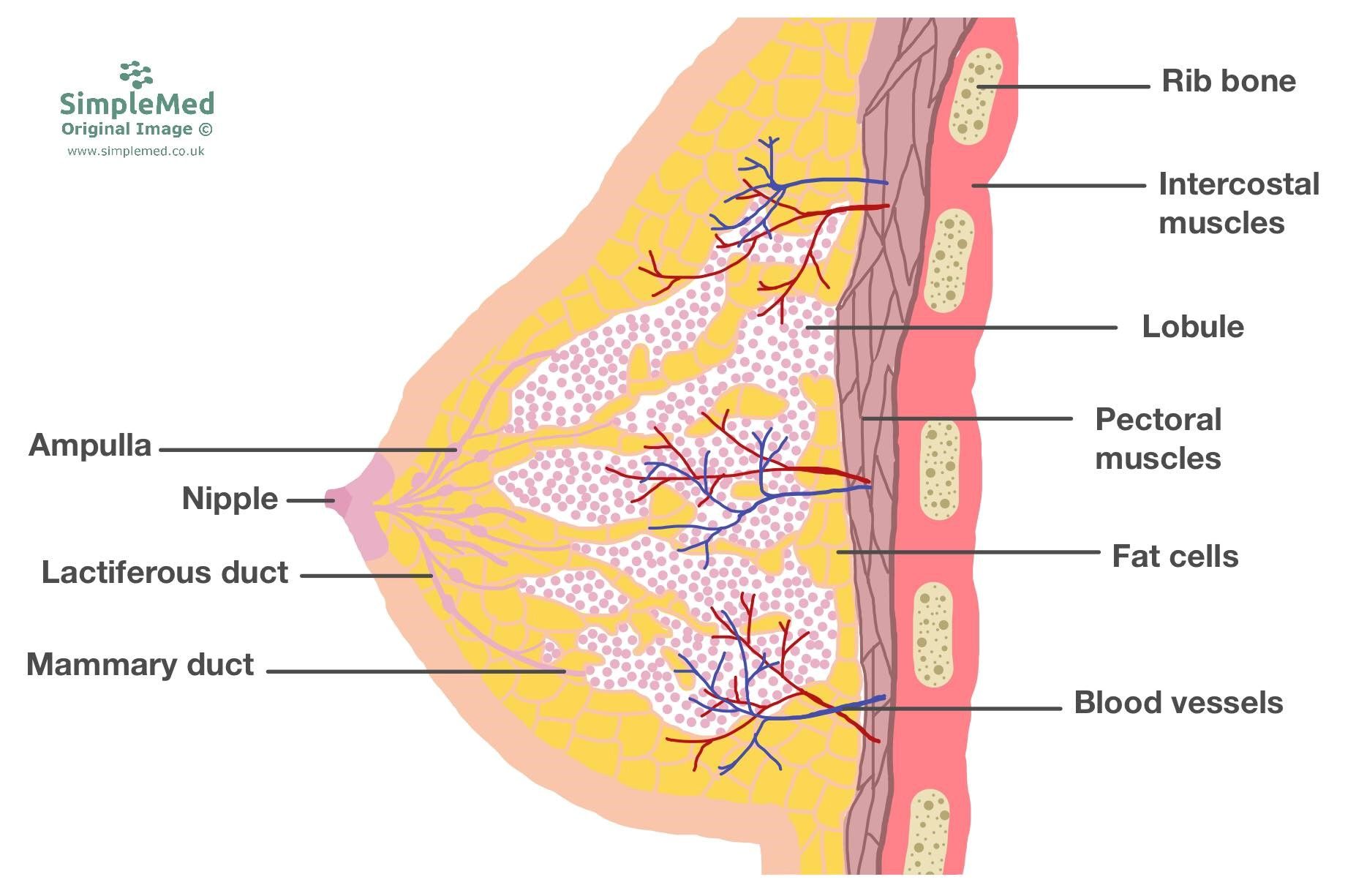
19. Introduction to the Breast
- Understand the basic function of the breasts
- Understand the basic signs and symptoms of breast disease
- Understand the basics of breast imaging
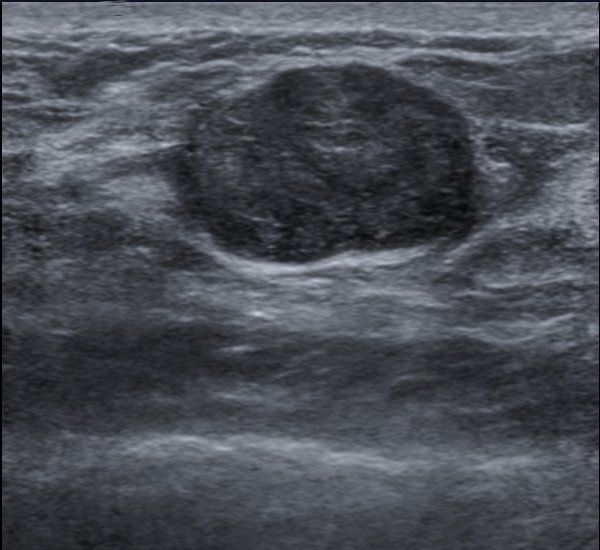
20. Benign Conditions of the Breast
- Understand the different benign conditions that can affect the breast
- Be aware of how these conditions may be managed and identified
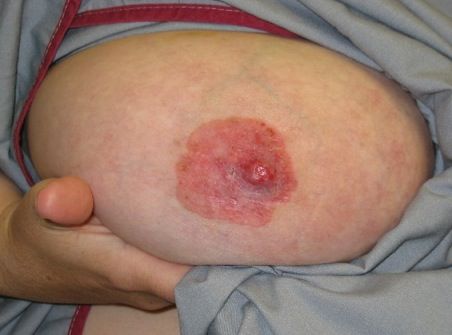
21. Malignant Conditions of the Breast
- Understand the impact of breast cancer and its prevalence on the population
- Be aware of key symptoms and signs that could indicate a potential breast cancer
- Understand the basics of the breast cancer screening programme and triple assessment programme
- Understand the different types of breast cancer
- Have a basic understanding of breast cancer treatment
The medical information on this site is provided as an information resource only, and is not to be used or relied on for any diagnostic or treatment purposes. This information is intended for medical education, specifically to biological/medical learning inclined individuals, and does not create any doctor-patient relationship, and should not be used as a substitute for professional diagnosis and treatment.

